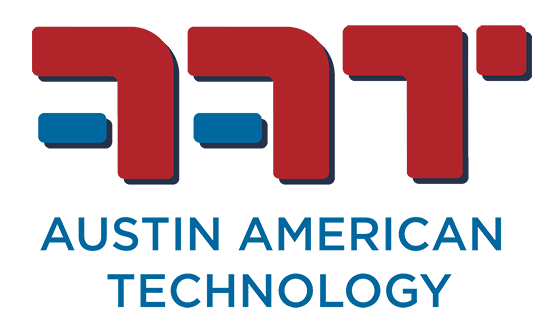Why Clean Circuit Boards?
Printed Circuit Board (PCB) assemblers are always looking for ways to improve reliability and increase production volumes – and cleaning is an ideal solution. The presence of contaminants in circuit boards negatively impacts PCB assembly steps such as soldering, bonding, and coating. Contaminants also jeopardize the reliability of the PCB once it is installed in a final product.
There are two main purposes for cleaning: to remove contaminants to ensure product reliability and prepare the product surface for future assembly steps. Contaminants include solder flux or balls, oxides, dirt, dust, oils, and various residues.
PCB technologies continue to advance, resulting in more complex and smaller PCBs. Proper cleaning is becoming more and more crucial to the reliability of circuit boards, especially in sensitive and costly industries such as aerospace, medical, and automotive. For this reason, it is important to partner with a knowledgeable and experienced company, like Austin American Technology (AAT), for your cleaning solutions.
Types of Cleaning Processes
When it comes to cleaning circuit boards, there are two main cleaning systems: batch and in-line. Below is a little about each method.
- Batch: this is the process of cleaning multiple circuit boards or “batches” as a group, and this method of cleaning is found in many applications across the electronics and PCB assembly industries. Batches of PCBs are sealed inside the machine where they are washed, rinsed, and dried in the same chamber for a given cycle time. These units are able to effectively clean circuit board assemblies and are known for their small footprint. Batch cleaning is typically most cost-effective for small to medium production volumes. This technique generally has lower chemical consumption and exhaust emissions when compared to in-line systems.
- Inline: this is the process of cleaning circuit boards along a continuously operating conveyor system and cycle times are based on the speed of the conveyor. This method is most advantageous for high-volume applications as in-line cleaners provide more flexibility and higher through-put capabilities compared with batch cleaners. In-line systems often have better fluid penetration, resulting in better cleaning of electronics with hard to reach features. These systems require a large footprint in a manufacturing facility and typically have higher emission and chemical consumption.
Steps in the Cleaning Process
With many options available, choosing the cleaning machine and solvent best suited for your application may seem like a daunting task! However, at AAT we simplify the process into a 5-step approach to cleaning. We guide customers through these 5 steps to ensure the best equipment and chemistry are selected to meet each customer’s unique cleaning needs.
- Purpose of cleaning: the first step involves determining the purpose for cleaning. Do we need to remove a potentially corrosive residue or just improve the cosmetic quality of the assembly? In this step we also identify what standards will be used to judge the effectiveness of the cleaning process.
- Solvent Selection: the second step involves finding the correct and appropriate solvent system that will remove all residues of concern. The simplest solvent system, of course, is water. Beyond that, we have water/solvent combination systems all the way up to a pure solvent system. Hopefully we will be able to identify a single solvent system that is able to remove all of the residues of concern; if not a multi-solvent system may be the best solution.
- Cleaning System Selection: the third step is to select a cleaning system which ranges from a simple wipe to a complex in-line cleaner with advanced chemistries! We offer a broad range of batch and in-line systems that operate with spray-in-air and spray under immersion technologies. We work with customers to determine the equipment and chemistry combination that will be best to employ.
- Testing: the fourth step involves testing and certifying the new cleaning process to ensure the standards from Step One are met.
- Process Control: the last step is to integrate process control systems that will notify operators and /or management if conditions are trending toward an out of control process. Systems should ideally be simple, easy to use, and show a rapid response to change.
Austin American Technologies’ Electronics Cleaning
AAT is an innovative, market-leading company, engineering and manufacturing production and assembly systems for the electronics manufacturing industry.
From general purpose to high reliability requirements, AAT systems are design-driven by the science of cleaning. Applications include solar panel cleaning, medical, military, aerospace, cleaning printed circuit board cleaning (aqueous and semi-aqueous), SMT, flip chip, BGA, etc. Our systems include batch and in-line, aqueous and solvent, spray-in-air, and spray under immersion with ultrasonics. Below are some of our cleaning systems.
- Aqua Rose Batch: world’s first aqueous batch cleaner and ROSE tester in one!
- NanoJet and MicroJet Inlines: known for its small footprint and high performance
- ExtremeJet Inline Micro Hybrid: enhanced wash with 14 spray arms (7 upper, 7 lower)!
- HydroJet Inline: able to wash with chemistry or water in one machine with a small footprint!
Contact us today to learn how we can help with your PCB cleaning needs.
